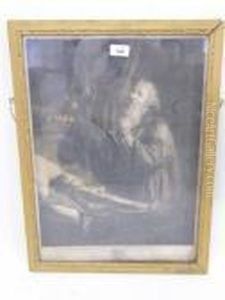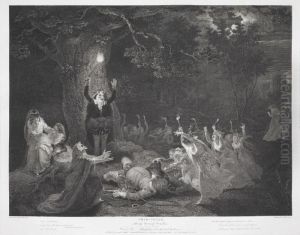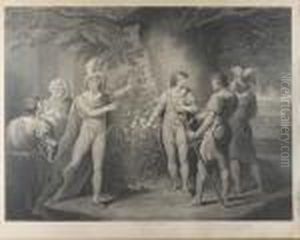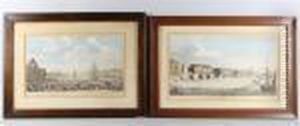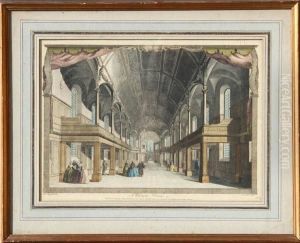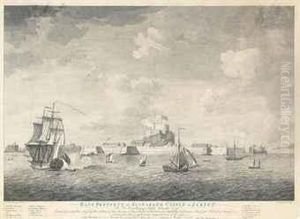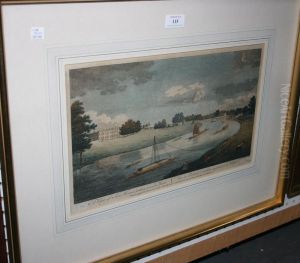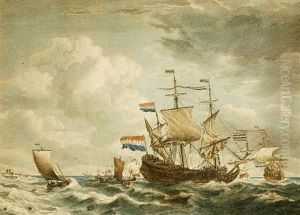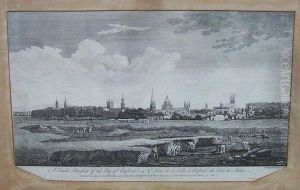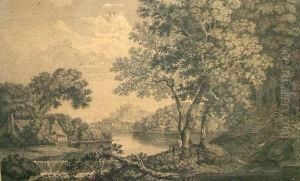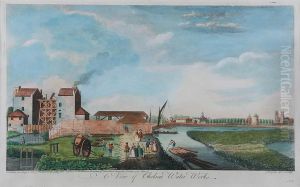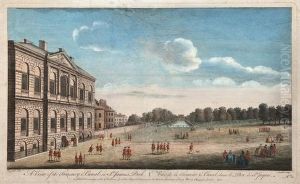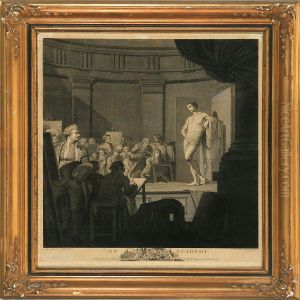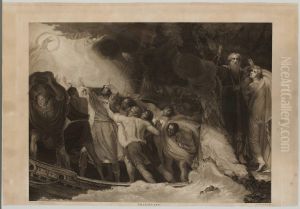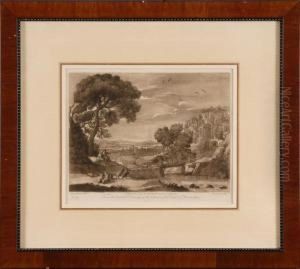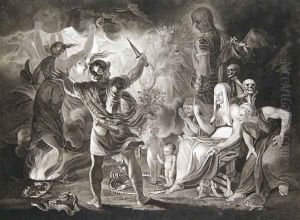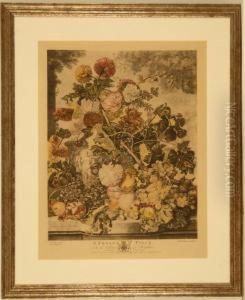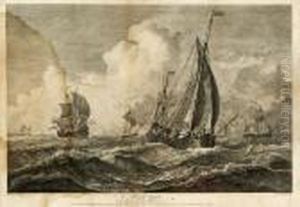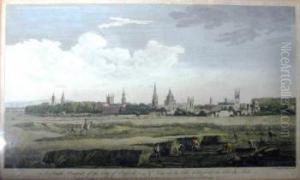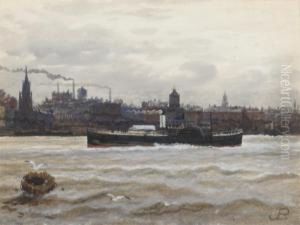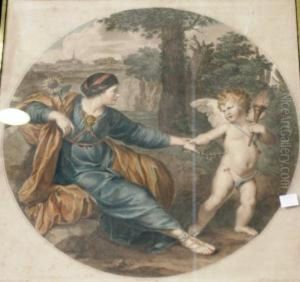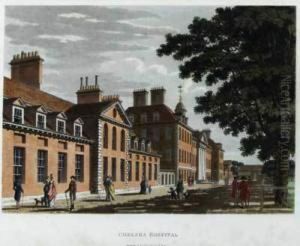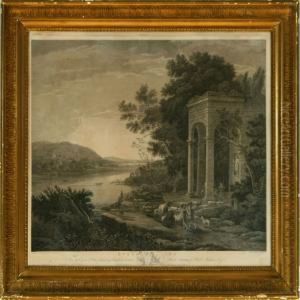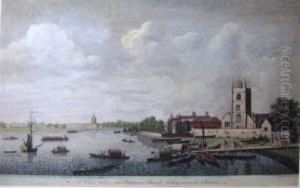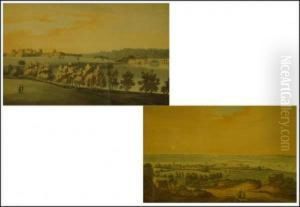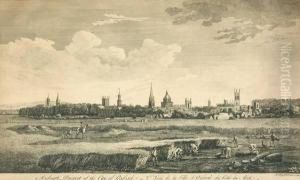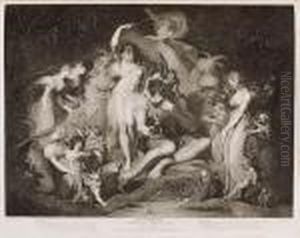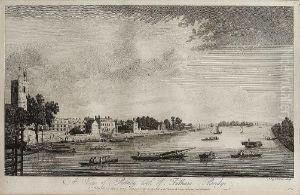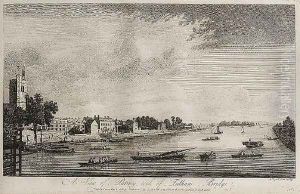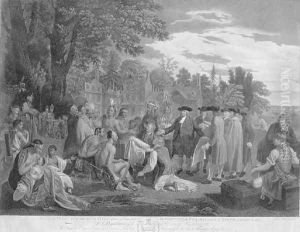John Boydel Paintings
John Boydell was an influential British publisher and print seller famous for his significant role in the print trade during the 18th century. Born on January 19, 1719, in Dorrington, Shropshire, England, Boydell came from a modest background. He began his career as an apprentice engraver but quickly realized that selling prints was more profitable than making them.
He moved to London and, in 1746, opened a print shop in the Cheapside district, where he began to sell prints of English landscapes and country houses. Boydell's success grew as he started to commission artists to create paintings, which he would then have engraved and sell as prints. This innovative business model proved successful, helping to foster a market for British art and artists during a time when continental European art dominated the market.
Boydell's most significant contribution to the arts was his ambitious 'Shakespeare Gallery' project, which he launched in 1786. He commissioned some of the most prominent painters of the day, including Sir Joshua Reynolds, George Romney, and Henry Fuseli, to paint scenes from William Shakespeare's plays. These paintings were then engraved and published in a grand edition of Shakespeare's works. The Shakespeare Gallery was an unprecedented cultural enterprise that aimed to promote British art and literature while also serving as a patriotic statement.
However, the French Revolutionary Wars and the ensuing economic hardships negatively impacted Boydell's business. The Shakespeare Gallery, despite its initial success, eventually led to financial difficulties for Boydell, and he was forced to dispose of his assets through a lottery in 1804.
Boydell served as the Lord Mayor of London in 1790 and was an alderman for many years. He was also a member of the Royal Academy. His contributions to the art world, particularly the engraving and print trade, helped to elevate the status of English art and contributed to the development of a national school of art. John Boydell passed away on December 12, 1804, in London, leaving behind a legacy that had a lasting impact on the British art market.
